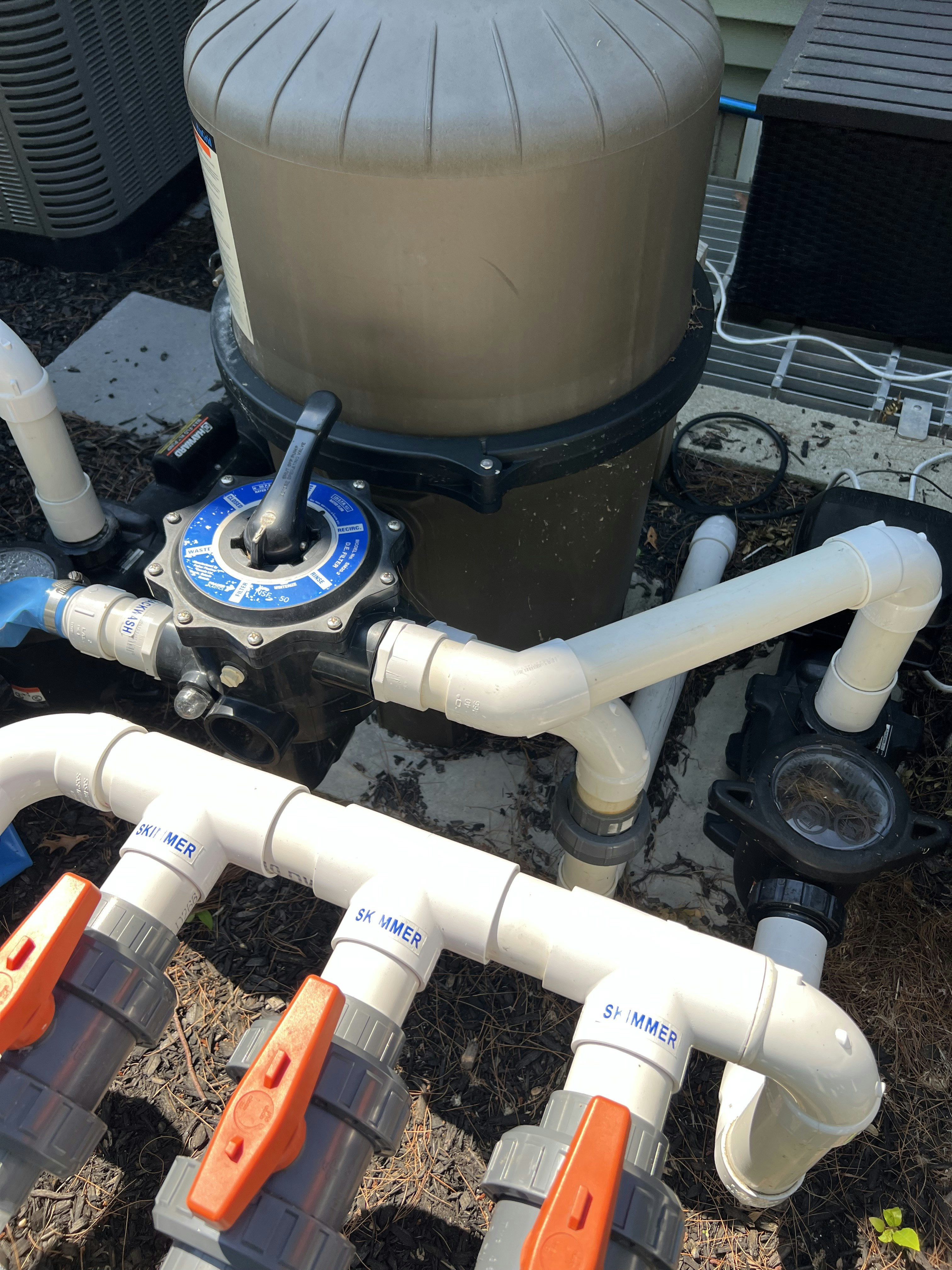Introduction: The Initial Problem
The maintenance of a swimming pool extends beyond keeping the water clean; it encompasses the efficient operation of vital equipment such as pool pumps. A well-maintained pool pump is crucial for ensuring optimal water circulation, filtration, and overall hygiene. However, many pool owners encounter issues with their pumps, often leading to unexpected challenges and the need for replacement.
One common problem that arises with pool pumps is mechanical failure, which can be attributed to several factors including wear and tear, electrical issues, or blockage in the system. For instance, a pump may experience reduced water flow due to a clogged filter or damaged impeller. In such cases, the initial signs of failure might include unusual noises, a decrease in performance, or an increase in energy consumption, all of which signal an urgent need for assessment and potential replacement.
When faced with a malfunctioning pump, pool owners must act quickly to prevent further complications, such as stagnation of water or algae growth, which may compromise the safety and enjoyment of the pool environment. The process of replacing a pool pump, while seemingly straightforward, can reveal hidden complexities. The selection of the right pump is imperative; factors such as pump size, compatibility with existing plumbing, and energy efficiency come into play. Moreover, the replacement may require additional considerations such as repairs to associated plumbing or electrical work. It becomes evident that an initially simple task of replacing a pool pump can evolve into a multi-faceted engineering challenge, necessitating careful planning and execution.
The Replacement Process: Challenges Encountered
The process of replacing a pool pump is often anticipated as straightforward; however, this instance revealed numerous unexpected challenges that transformed a routine task into an intricate engineering endeavor. Initially, the team set out to remove the old pump, intending to replace it with a new, more efficient model. However, once the old pump was disconnected, it quickly became evident that compatibility issues arose. The mounting brackets did not align properly with the new pump, necessitating a reconfiguration of the support structure. This required additional materials and fabrication to ensure a secure fit.
Further complicating the replacement were unexpected plumbing requirements. The existing plumbing system used pipe fittings that were outdated, which meant they could not accommodate the newer pump’s inlet and outlet configuration. Therefore, the team had to modify the existing plumbing, which included cutting and rejoining pipes, a task that demanded precision to avoid leaks. This unexpected alteration not only extended the timeline but also required careful planning and execution, as any mistakes could lead to significant setbacks.
Electrical concerns also posed challenges during the replacement process. The new pump had different electrical specifications, leading us to assess the existing wiring and circuit compatibility. The original wiring setup was not suitable for the new pump’s power requirements, meaning upgrades were necessary to ensure safe and efficient operation. This addition to the project necessitated bringing in a certified electrician to ensure compliance with the local codes and standards. Each step of the way, the team faced and overcame these obstacles, using creative problem-solving techniques to adapt to the evolving scenario, ultimately reinforcing the notion that even simple projects can require advanced engineering approaches.
Engineering Solutions: Innovative Techniques and Tools
The process of replacing a pool pump often presents unforeseen engineering challenges. To ensure a successful installation, a series of innovative techniques and specialized tools were deployed. These solutions not only addressed compatibility issues but also improved overall system efficiency. A crucial aspect of the project involved thorough analysis, which led to identifying the specific requirements of the replacement pump and its interaction with the existing pool infrastructure.
One of the primary techniques utilized was the implementation of precision measurements. Accurate assessments of the space where the pump would be installed allowed for precise alignments with plumbing connections and electrical systems. This careful planning reduced the likelihood of errors during installation and ensured the new pump operated within optimal parameters. Specialized measuring tools, such as laser distance meters and digital levels, were pivotal in achieving this level of accuracy.
Furthermore, custom modifications played a significant role in successfully integrating the new pump into the existing setup. Engineering solutions included fabricating bespoke brackets to secure the pump firmly, ensuring stability during operation. These modifications addressed pre-existing inconsistencies in the infrastructure and facilitated seamless connections to the surrounding piping and filtration systems.
Additionally, the project demanded innovative tools designed for specific tasks, such as torque wrenches for secure fittings and pipe cutters for clean cuts on existing plumbing. The use of software simulations also provided insights into how the new pump would perform under various conditions, allowing for proactive adjustments to be made before the physical installation began.
The importance of engineering knowledge and adaptability in home repair projects cannot be overstated. By effectively employing innovative techniques and specialized tools, the complexities associated with the pump replacement were systematically addressed, leading to a functional and reliable installation.
Conclusion: Lessons Learned and Future Precautions
The experience of replacing the pool pump has highlighted several critical lessons that pool owners can benefit from. First and foremost, the significance of thorough preparation cannot be overstated. Entering a project without a full understanding of the equipment involved and the requirements needed for a successful replacement can lead to unnecessary complications and extended timelines. An exhaustive assessment of the current system, including the pump’s specifications, plumbing configurations, and electrical connections, is essential before initiating any work. This foresight can mitigate challenges during the actual replacement process.
Moreover, having a comprehensive knowledge of your pool’s components is vital. Familiarity with the equipment, including potential weaknesses and common points of failure, empowers owners to make informed decisions and anticipate potential issues. Utilizing manufacturer guidelines and seeking information from trusted sources can provide clarity on the best practices and common pitfalls in pool maintenance. This understanding ensures that when it comes time for equipment replacement, pool owners are adequately equipped to tackle these tasks efficiently.
To avoid similar challenges in the future, routine maintenance checks are advisable. Regular inspections can reveal signs of wear and tear and prompt early intervention, which may reduce the likelihood of significant failures. Additionally, establishing a relationship with reputable professionals can provide a safeguard against complications. Consulting experts not only aids in troubleshooting existing issues but can also offer tailored advice on system upgrades that align with current technologies and practices.
In summary, the endeavor of pool pump replacement serves as a reminder of the importance of careful planning, consistent upkeep, and when necessary, the wisdom of enlisting professional guidance. Adhering to these principles will not only facilitate smoother operations in the future but also enhance the longevity and reliability of pool systems overall.
If you’re interested in purchasing the item you seek, please click the link for additional details: #americanachoice.
https://amzn.to/3SBN3Oy
AFFILIATE DISCLOSURE: I am an affiliate for this company, I am not a paid employee.
I may receive a commission if you click a link on this page and choose to purchase something.
You can rest assured I will only share things I believe in and will be valuable to you.



